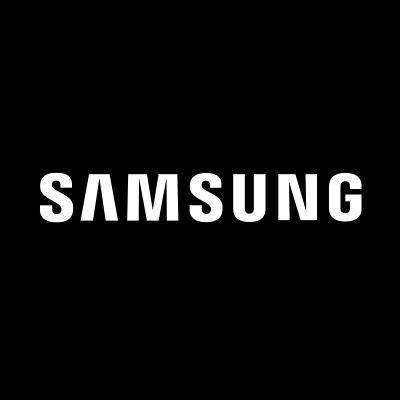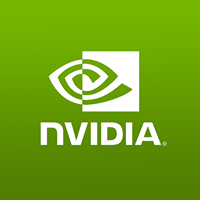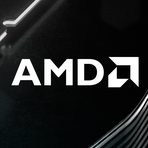GDDR7: The Future of Video Memory
July 9, 2024, 3:36 am

Location: United States, California, San Francisco
Employees: 10001+
Founded date: 1938
Total raised: $6.4B
GDDR7, the next generation of video memory, is set to revolutionize the graphics card industry. With faster speeds and increased efficiency, this new technology promises to take gaming and AI to new heights. Let's dive into the details of this cutting-edge technology and explore its potential impact on the market.
GDDR7, the successor to GDDR6 and GDDR6X, offers a significant boost in performance and efficiency. With a higher bandwidth and lower power consumption, this new memory standard is poised to set a new benchmark for graphics cards. Samsung's announcement of the first generation of GDDR7 in 2023 marked a major milestone in the development of this technology.
The key features of GDDR7 include a data transfer rate of up to 32 Gbps per pin, a 40% increase in bandwidth compared to GDDR6, and a 20% improvement in energy efficiency. These advancements are expected to translate into a 30% performance increase in gaming and AI applications, setting a new standard for graphics processing.
One of the most exciting aspects of GDDR7 is its potential to enhance machine learning and image generation. With lower latency and higher bandwidth, this new memory standard promises to revolutionize the way we interact with graphics-intensive applications. The integration of GDDR7 into future graphics cards is expected to unlock new levels of performance and efficiency.
While Nvidia is poised to be one of the first companies to adopt GDDR7 in its upcoming Blackwell series, the industry is eagerly awaiting announcements from other major players like AMD. The potential for GDDR7 to reshape the graphics card market is undeniable, and consumers can expect to see a new wave of high-performance GPUs in the near future.
In conclusion, GDDR7 represents a significant leap forward in video memory technology. With its impressive performance metrics and potential for innovation, this new standard is set to redefine the capabilities of graphics cards. As the industry prepares for the arrival of GDDR7-powered GPUs, gamers and AI enthusiasts can look forward to a new era of immersive and efficient computing experiences.
GDDR7, the successor to GDDR6 and GDDR6X, offers a significant boost in performance and efficiency. With a higher bandwidth and lower power consumption, this new memory standard is poised to set a new benchmark for graphics cards. Samsung's announcement of the first generation of GDDR7 in 2023 marked a major milestone in the development of this technology.
The key features of GDDR7 include a data transfer rate of up to 32 Gbps per pin, a 40% increase in bandwidth compared to GDDR6, and a 20% improvement in energy efficiency. These advancements are expected to translate into a 30% performance increase in gaming and AI applications, setting a new standard for graphics processing.
One of the most exciting aspects of GDDR7 is its potential to enhance machine learning and image generation. With lower latency and higher bandwidth, this new memory standard promises to revolutionize the way we interact with graphics-intensive applications. The integration of GDDR7 into future graphics cards is expected to unlock new levels of performance and efficiency.
While Nvidia is poised to be one of the first companies to adopt GDDR7 in its upcoming Blackwell series, the industry is eagerly awaiting announcements from other major players like AMD. The potential for GDDR7 to reshape the graphics card market is undeniable, and consumers can expect to see a new wave of high-performance GPUs in the near future.
In conclusion, GDDR7 represents a significant leap forward in video memory technology. With its impressive performance metrics and potential for innovation, this new standard is set to redefine the capabilities of graphics cards. As the industry prepares for the arrival of GDDR7-powered GPUs, gamers and AI enthusiasts can look forward to a new era of immersive and efficient computing experiences.

